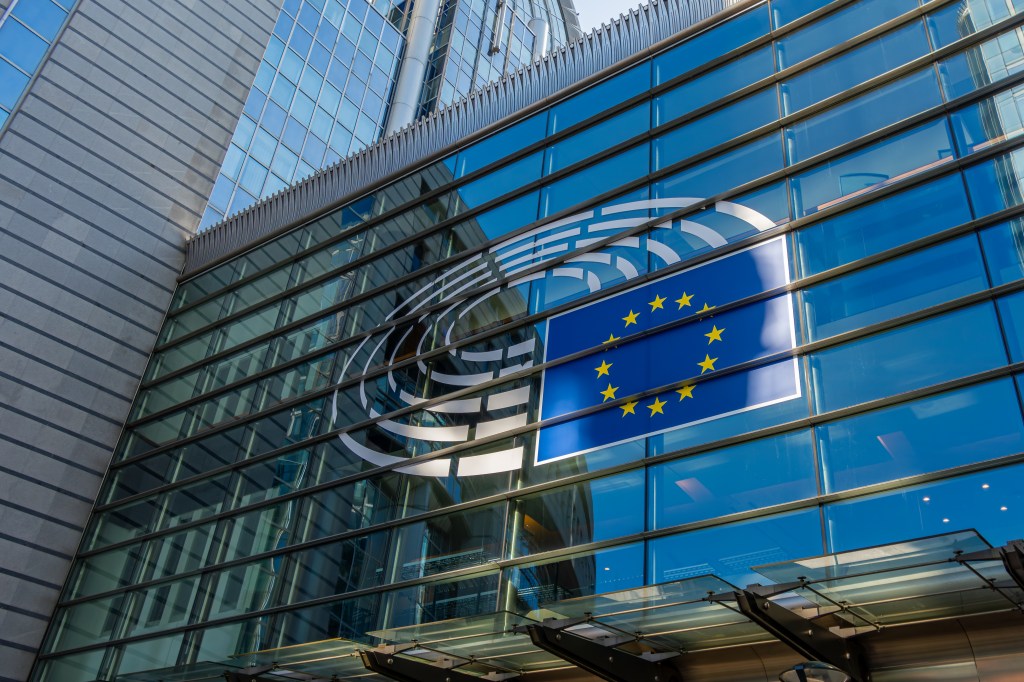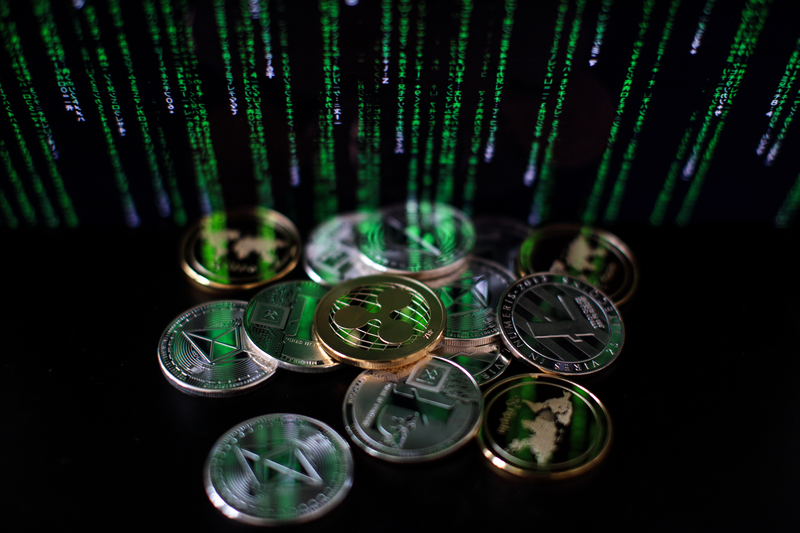What matters
Organizations need an understanding of Blockchain Analytics Tools (BATS) for improving transparency, security, and efficiency across industries by interpreting blockchain data, aiding in fraud detection, compliance, and business optimization.
What matters next
As blockchain technology advances, their role in providing insight and combating financial crime becomes increasingly significant.
Register for free to keep reading
To continue reading this article and unlock full access to GRIP, register now. You’ll enjoy free access to all content until our subscription service launches in early 2026.
- Unlimited access to industry insights
- Stay on top of key rules and regulatory changes with our Rules Navigator
- Ad-free experience with no distractions
- Regular podcasts from trusted external experts
- Fresh compliance and regulatory content every day

















